Publication details
Publisher: Palgrave Macmillan
Place: Basingstoke
Year: 2014
Pages: 47-71
ISBN (Hardback): 9781349487738
Full citation:
, "Therapeutics", in: Pynchon and philosophy, Basingstoke, Palgrave Macmillan, 2014


Therapeutics
late Wittgenstein and Pynchon
pp. 47-71
in: , Pynchon and philosophy, Basingstoke, Palgrave Macmillan, 2014Abstract
In the mid-1980s, a new wave of Wittgenstein criticism emerged that did not sit well with the orthodoxy.1 The New Wittgensteinian interpretation was conceived to bridge the chasm of early and late, but as already covered in the critical survey of the preceding chapter, many critics, such as P.M.S. Hacker, saw it as an interpretation devoid of methodological rigour and lacking historical fact. Perhaps aptly for a consideration of a geist approach, as the New Wittgensteinian reading surfaces at the zenith of postmodernism, the technique of ascending a logical ladder to reach a conclusion, only to discard the ladder, has featured in the linguistics and politics of all Pynchon's novels. Hanjo Berressem has already noted this phenomenon and termed it "auto-destruction"2 while Katalin Orbán has referred to it as "overwriting".3 Yet, although Orbán's phrasing is closer, such a terminology does not admit the inadequacy of the "destruction" in a literary context. A true literary destruction is one that never entered the published text at all; an excised "Fresca" from "The Fire Sermon" portion of The Waste Land, a politicising McClintic Sphere from the V. Typescript. What then would be the impact of erasure in full sight? A proof that shows its workings? An architect's drawing retaining construction lines?
Publication details
Publisher: Palgrave Macmillan
Place: Basingstoke
Year: 2014
Pages: 47-71
ISBN (Hardback): 9781349487738
Full citation:
, "Therapeutics", in: Pynchon and philosophy, Basingstoke, Palgrave Macmillan, 2014

